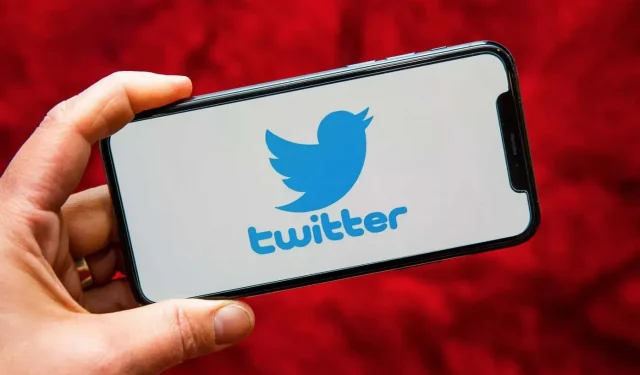How to write good alt text on Twitter

Twitter allows you to enter alt text on your images. But what exactly? Here’s a handy little guide.
Twitter has been letting you add alt text to your images for years, but if you’re not using a screen reader, you’re not reading those texts. You may not even know what it is. However, recently the “ALT”icon has started to appear in the corner of images, and now anyone can click on it to see the alt text of the image. What it is? And what should be put in it?
What is alternative text?
Alternative text is text intended to be used as an alternative to viewing the image itself. This is especially useful for those who use the voice screen reading feature, for example, due to low vision.
If you want to get a taste of what it’s like to blindly browse Twitter, watch Cayla With a C’s video. A voice comes in to read the contents of each tweet, most often at high speed so you can navigate quickly. Screen readers can also read the alt text of images aloud – on Twitter or elsewhere – so people who can’t see them can at least know what’s going on.
What to add to alt text?
To answer this question, ask yourself the following question: “What would I like to hear if I couldn’t see this image?”
If you can answer this question, you know what to take. But let’s look at a few examples:
If the image is a screenshot of text
The alt text should be text, obviously. If you just took a screenshot of an article, just copy / paste the important text. A Twitter image description can be up to 1,000 characters long (more than three and a half times the maximum tweet length), which is often enough for what you want to show. If you can’t fit everything, edit your screenshot and tweet the second one with the second screenshot.
If the picture is a meme
The meme formats are easily recognizable, so it sometimes makes sense to refer to what people know: “Kermit drinking tea meme”. If there are words, indicate what is written. Describe what the meme says as if you were laughing while reading it and your other half is asking you why you are laughing.
If the image is a photograph
Here you have to use your own judgment: describe what is really important in the photo. Some will give a detailed description of everything that can be seen. This can be useful if the photo has a lot of small details and the interest is in showing that the content is rich. But in most cases, if you share a photo, it’s only one or two items at the most.
For example, for a selfie in the gym, the text “Athletic selfie, I give my best, my biceps look good” is ideal. If you post a photo and ask in a tweet “What flower is this?”, then the alt text should include a detailed description of the flower.
If the picture is just for decoration
Sometimes the image doesn’t really add any information, it’s just for decoration. You can always describe it if it helps (“a crowd of happy people”). Otherwise, this is one of the few cases where the alt text can be left blank.
Leave a Reply